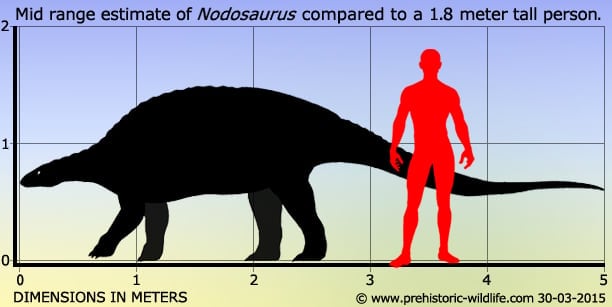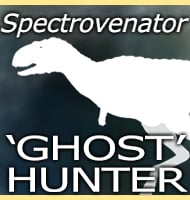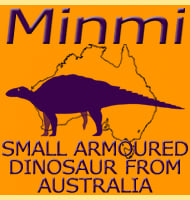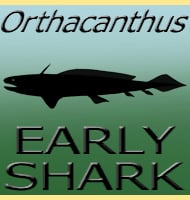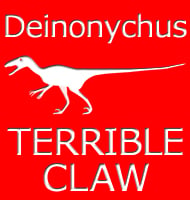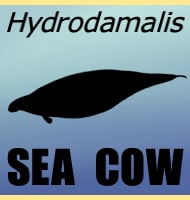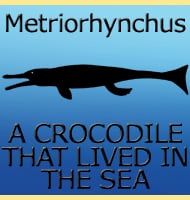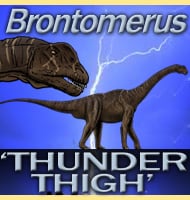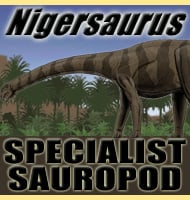In Depth
Just like with Ankylosaurus, Nodosaurus is the type genus of a whole group of armoured dinosaurs, yet it is also one of the most poorly represented by fossil material. The nodosaurids are thought to be the ancestors of the ankylosaurids, although to have continued to thrive even in the presence of their more heavily armoured relations. The obvious similarity between nodosaurids and ankylosaurids is the small pieces of bony armour (referred to as osteoderms, but also called scutes) that ran across the back and upper flanks of the body. Key differences include however a lack of a clubbed tail, a narrower mouth, and the lack of a more advanced nasal system that appears to be characteristic of the more advanced ankylosaurids.
Although an exact size for Nodosaurus currently remains hard to establish, the fossil material at least indicates that Nodosaurus was a medium to large sized nodosaurid. The osteoderms than ran across its back were rectangular in individual appearance and arranged in bands that ran down towards the sides. These osteoderms did not extend to the belly however, and if a large predatory theropod like a tyrannosaur managed to flip a Nodosaurus over it would be completely defenceless. The additional armour along its back meant that the legs of Nodosaurus had to become strong enough to accommodate the extra weight, and to facilitate this they became short and squat with attachments for stronger muscles. As such the additional weight and shorter stride of Nodosaurus meant that it could not rely upon speed and agility to escape predators, which has led to the idea that Nodosaurus, as well as other nodosaurids, may have collapsed to the ground to try an prevent a large theropod the chance to work its foot under the body and flip it over into its back.
This meant that only the armoured back was presented to attackers, although it is debateable how effective a defence this would have actually been. In the west tyrannosaurids like Daspletosaurus seem to have been well suited to crunching through tough prey, while in the east Appalachiosaurus seems to have been more gracile, but possibly could have approached other large tyrannosaurids in size. You also have to consider that if this defence actually worked, there would have been no need for the later ankylosaurids to evolve special spikes around the back of their heads, an area that is surprisingly under protected in many nodosaurids. It is possible that while attack from a large tyrannosaur could have easily meant the end for Nodosaurus, such predators were not as numerous as smaller theropods such as Dromaeosaurus, that would have more easily been defeated by the armour while being physically incapable of flipping a Nodosaurus onto its back.
Further Reading
Notice of gigantic horned Dinosauria from the Cretaceous. American Journal of Science 38:173-175. – Othniel Charles Marsh – 1889.
